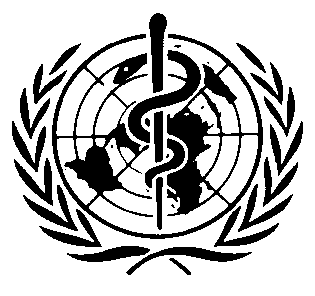International Chemical Safety Cards
| DIPROPYL ETHER | ICSC: 0468 |




C6H14O Molecular mass: 102.20  ICSC # 0468
ICSC # 0468CAS # 111-43-3 RTECS # UJ5125000 UN # 2384 EC # 603-045-00-X March 04, 2002 Peer reviewed |
| TYPES OF HAZARD/ EXPOSURE | ACUTE HAZARDS/ SYMPTOMS | PREVENTION |
FIRST AID/ FIRE FIGHTING |
| FIRE |
Flammable.
|
NO open flames, NO sparks, and NO smoking.
|
Foam,
dry powder,
carbon dioxide.
NO water.
|
| EXPLOSION |
Above 21°C explosive vapour/air mixtures may be formed.
|
Above 21°C use a closed system, ventilation, and explosion-proof electrical equipment.
|
In case of fire: keep drums, etc., cool by spraying with water.
|
| EXPOSURE |
|
|
|
| •INHALATION |
Cough.
Sore throat.
Dizziness.
Headache.
|
Ventilation, local exhaust, or breathing protection.
|
Fresh air, rest.
Refer for medical attention.
|
| •SKIN |
Redness.
Pain.
Dry skin.
|
Protective clothing.
Protective gloves.
|
Remove contaminated clothes.
Rinse and then wash skin with water and soap.
|
| •EYES |
Redness.
Pain.
|
Safety goggles,
or
face shield.
|
First rinse with plenty of water for several minutes (remove contact lenses if easily possible), then take to a doctor.
|
| •INGESTION |
|
Do not eat, drink, or smoke during work.
|
Rinse mouth.
|
| SPILLAGE DISPOSAL | STORAGE | PACKAGING & LABELLING | ||
|
Cover the spilled material with dry earth, sand or other non-combustible material.
Collect leaking liquid in sealable containers.
Remove all ignition sources.
Ventilation.
Do NOT wash away into sewer.
(Extra personal protection: filter respirator for organic gases and vapours.)
|
Fireproof.
Cool.
Keep in the dark.
|
Note: C F symbol R: 11-19-66-67 S: 2-9-16-29-33 UN Hazard Class: 3 UN Packing Group: II |
||
| SEE IMPORTANT INFORMATION ON BACK | ||||
|
||||